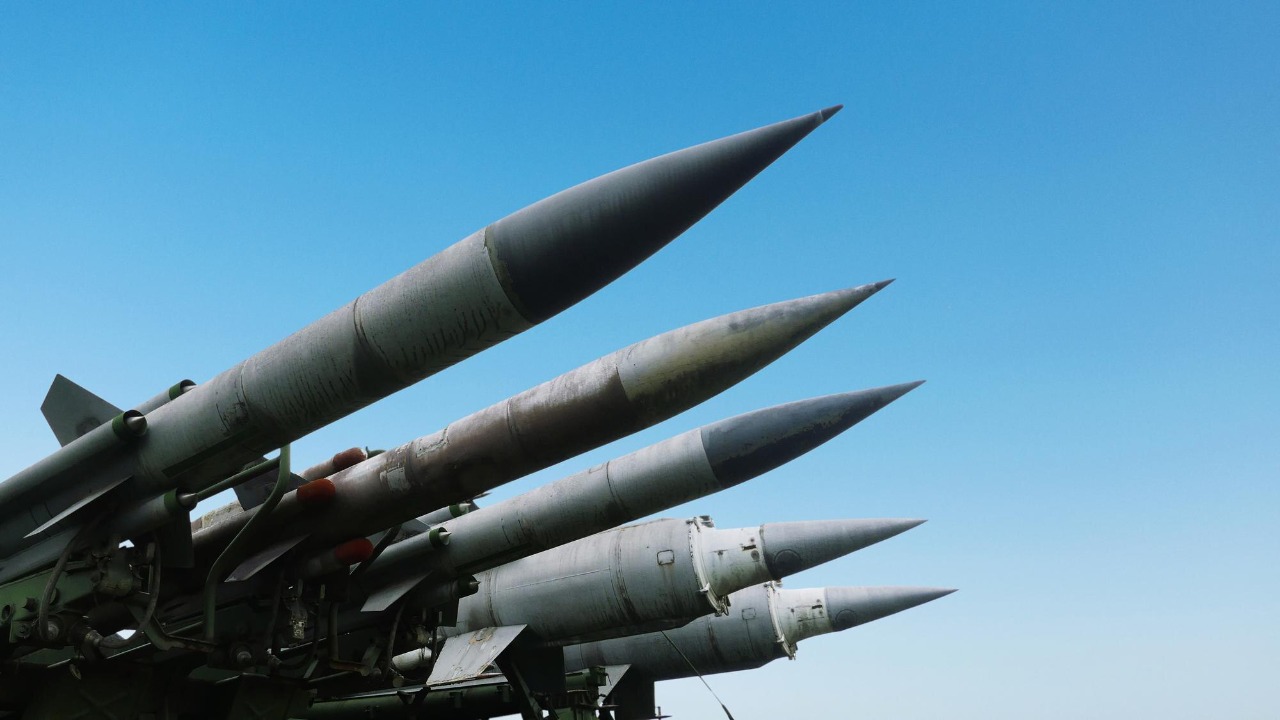
Following Russia’s recent announcement of a successful test of its nuclear-powered cruise missile, the world has been abuzz with discussions about the technology behind these missiles and their potential impact on global strategic stability. While some experts argue that this development represents a significant advancement, others question its novelty, suggesting that it may be more about political posturing than technological innovation.
Fundamentals of Nuclear Propulsion
Nuclear propulsion in missiles is based on the principle of nuclear reactors generating heat, which powers the missile engines. Unlike conventional chemical rockets that have a limited fuel supply, nuclear-powered missiles use nuclear fission to provide a continuous source of energy for their propulsion systems. This allows for sustained thrust without the constraints of traditional fuel limits, as explained by aerospace engineers.
However, the challenge lies in miniaturizing these reactors for missile applications. This involves significant safety concerns, particularly regarding radiation containment. The process of shrinking a nuclear reactor to fit into a missile without compromising safety and efficiency is a complex engineering feat.
Reactor Design in Missiles
Compact nuclear reactor designs suitable for cruise missiles often involve liquid-metal cooled designs. These designs are favored for their high efficiency, allowing for effective heat transfer from the reactor core to the propulsion system. This heat transfer mechanism is crucial for enabling indefinite flight durations, a key feature of nuclear-powered missiles.
Material innovations are also necessary to withstand the extreme temperatures and vibrations experienced during launch and flight. These innovations must balance the need for durability and heat resistance with the constraints of weight and size in missile design.
Historical Context of Development
The concept of nuclear-powered aircraft and missiles is not new. Both the Soviet Union and the United States embarked on projects to develop such technology during the Cold War era of the 1950s and 1960s. However, these projects, including the U.S. Project Pluto, were eventually abandoned due to the technical and environmental risks they posed.
Despite these challenges, Russia revived these concepts in the 2010s, leading to the development of the Burevestnik program. This program aimed to create a nuclear-powered cruise missile with intercontinental range, a goal that has now been claimed to be achieved.
Russia’s Burevestnik Missile
The Burevestnik missile is designed as a nuclear-powered cruise missile with intercontinental range. It is powered by a small reactor, allowing it to reach any part of the globe. The integration of nuclear propulsion with conventional warheads enables the missile to evade missile defenses through low-altitude, long-duration flights.
Russia’s state media has claimed that the missile is unstoppable due to its unlimited range. However, these claims have been met with skepticism by some experts, who question the missile’s operational readiness and the validity of the recent test.
The 2025 Claimed Test
On October 31, 2025, Russia announced a successful ground test of the Burevestnik missile. This test was part of Russia’s broader nuclear modernization efforts, as reported by Colorado University. However, there have been reports questioning the validity of this test, particularly in light of past accidents such as the 2019 Nyonoksa explosion, which was linked to Burevestnik development.
The test also has implications for arms control, as it violates the constraints of the INF Treaty, despite the treaty’s dissolution in 2019. This raises concerns about the potential for a new arms race and the destabilization of global strategic stability.
Strategic and Global Implications
The Burevestnik missile has the potential to alter nuclear deterrence by enabling missiles to loiter indefinitely. This complicates defense strategies, as it becomes more difficult to predict and intercept missile attacks. The risk of nuclear accidents during tests or flights also poses a significant threat, with the potential for radiation release over populated areas.
The development of the Burevestnik missile has significant impacts on international relations. It represents an escalation in Russia’s nuclear capabilities, prompting responses from the U.S. and NATO. The strategic implications of this development are still being assessed, as detailed by CAPS India.
Expert Assessments and Limitations
Despite the hype surrounding the Burevestnik missile, some experts argue that there is “nothing revolutionary” about the technology. They point out that the core concepts behind nuclear-powered missiles date back decades, as noted by Al Jazeera. There are also significant technical hurdles to overcome, including reactor reliability and payload constraints, which limit the practical deployment of these missiles.
Furthermore, there is debate over whether Putin’s announcements represent operational readiness or are simply a form of propaganda designed to deter adversaries. As the world continues to assess the implications of Russia’s claimed test, it remains to be seen how this development will shape the future of global strategic stability.
More from MorningOverview